Chinsuko is a traditional Okinawan sweet prominent in the rich pantheon of Japanese confectioneries. While mainland Japanese sweets are often intricate, soft, and designed to pair with bitter green tea, these sweets provide a different experience. It is more akin to a Western-style cookie in texture, yet with a distinctively Japanese sensibility in its restraint and elegance. Despite the variations, the essence of Chinsuko’s subtle flavor profile and melt-in-your-mouth texture remains unchanged.
What is Chinsuko?
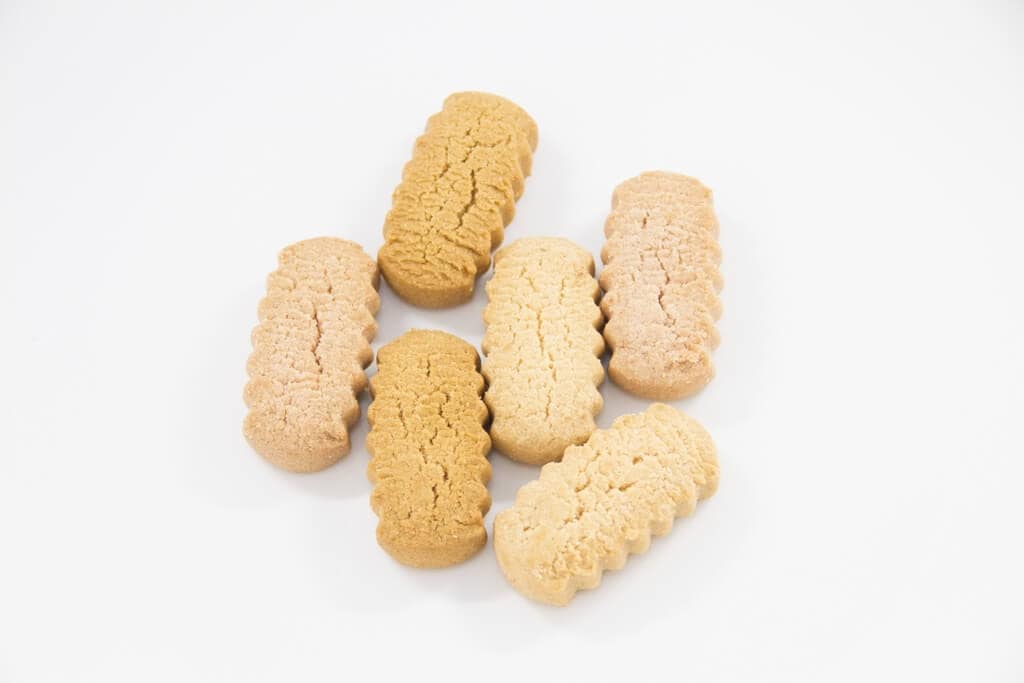
Chinsuko is a traditional Okinawan biscuit-style sweet prevalent in Japan, especially in its origin, Okinawa. It is a baked confectionery made mainly from wheat flour, sugar, and lard. It is famous as a souvenir of Okinawa Prefecture. Like Sata Andagi, it is individually wrapped products sold at souvenir shops. Its characteristics are a light, slightly sweet, and crumbly cookie that is simple and delightful. The biscuit has its roots in the Ryukyu Kingdom era, where they luxuriously treated this and served this to royalty. Nowadays, it’s a sought-after souvenir, primarily due to its long shelf life and distinctive taste; where you can buy it in a pack of 8-36 pcs that ranges from ¥378 – ¥1,500.
Chinsuko History
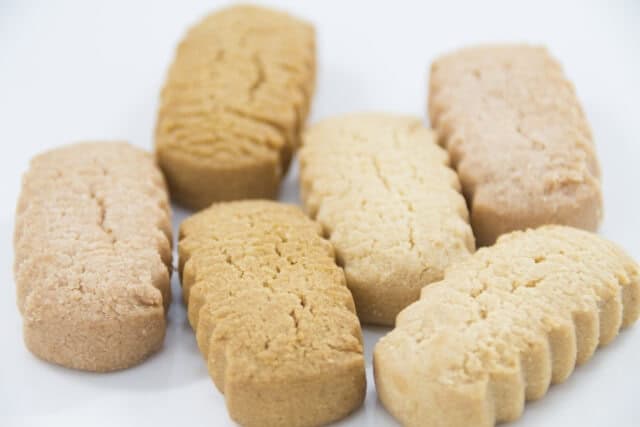
Chinsuko, a traditional Okinawan sweet with roots dating back to the Ryukyu Kingdom dynasty, was influenced by Chinese culture due to trade relations. Originally called “tougashi,” it was a luxurious treat offered at religious ceremonies and enjoyed by the nobility. However, trade restrictions during the 17th century led to the use of alternative ingredients like wheat and sugar, boosting production and making it accessible to a broader audience. Chinsuko is an Okinawan word meaning chin (rare) and sukou (sweet), but in kanji, it is written as kinso 糕, which means a sweet that melts in the mouth with a golden glow.
After the annexation of Okinawa by Japan in the late 19th century, Chinsuko became a popular treat for the general public. Despite significant cultural shifts in post-World War II Okinawa, it retained its significance as a symbol of Okinawan heritage. It remains a beloved confectionary tradition, often given as a gift or souvenir. It is available in various flavors, reflecting Okinawa’s unique local ingredients like brown sugar, purple yam, and chikuwa, a type of citrus.
About name
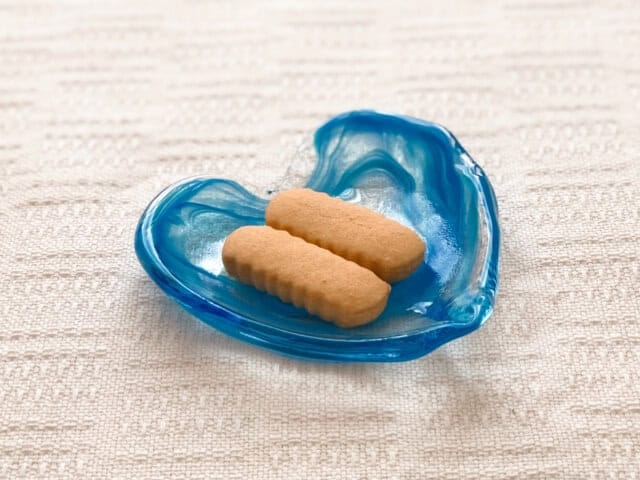
The word “Chinsuko” is derived from the Okinawan language. It’s a combination of “chin” (ちん), which means “sweet,” and “suko” (すこう), which refers to “a delicate, fine thing.” So, in essence, “Chinsuko” translates to “delicate sweet” or “fine sweet.”
Shape of Chinsuko
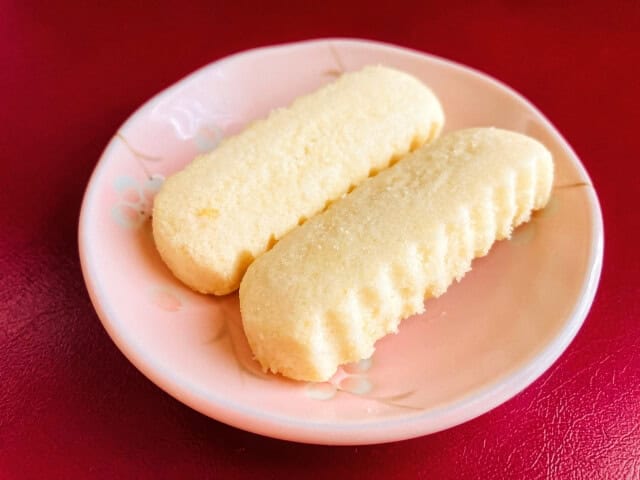
At a time when the only means of transportation outside the prefecture was by boat, chinsuko became a popular souvenir that could be taken outside the prefecture. In addition, the chrysanthemum shape, which was difficult to eat, was improved to a long and slender bite size. In Okinawa, where the advanced technology of the United States had begun to spread rapidly after the war, the molds of the cookie-making machines brought by the U.S. military were diverted to enable the mass production of chinsuko. American-made cookie molds have a jagged pattern, so the chinsuko we know today also has a rough design.
Various brands and flavors of Chinsuko
Kogetsudo
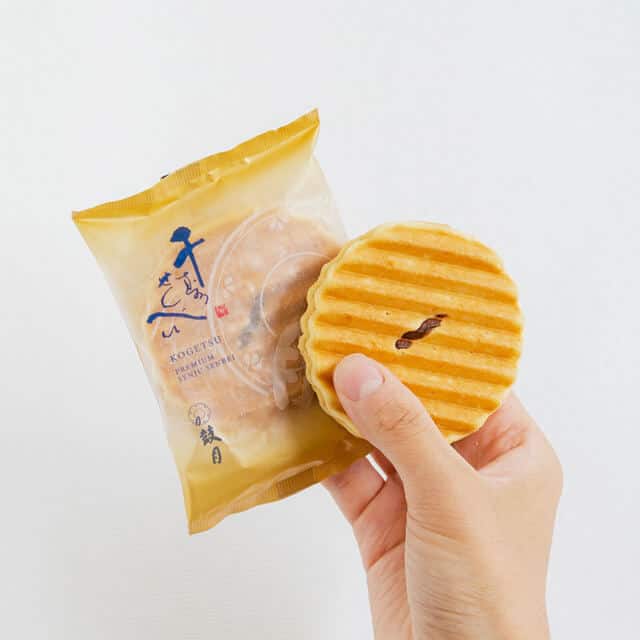
Established in 1946, Kogetsudo is another trusted source for Chinsuko. They offer a variety of flavors such as plain, sesame, peanut, and even Okinawan sweet potato.
Nanto Confectionery
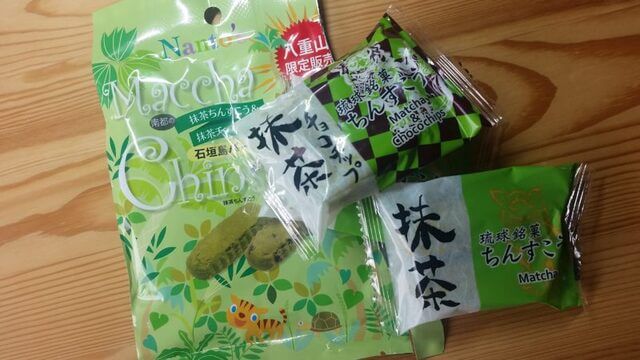
Nanto is famous for its Chinsuko and is particularly famous for its “shio” or salt Chinsuko. They offer a variety of flavors, including original, matcha, brown sugar, and salt.
Arakari Confectionery
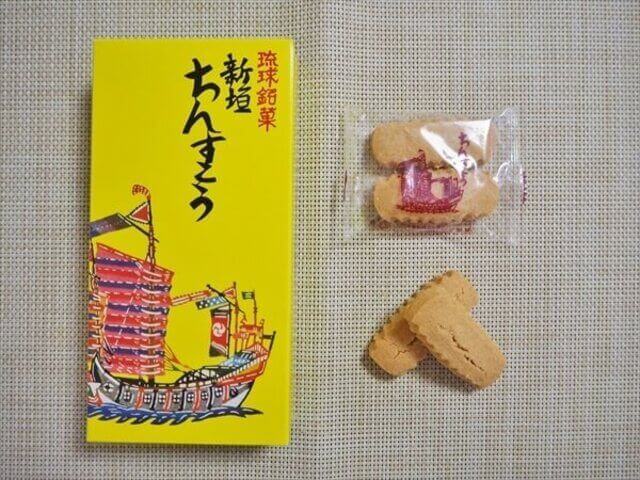
Like a cookie, their Chinsuko is famous for its flavor and crisp texture. It is also great for people who are not good at Lard, as there is little lard fragrance with an intense sweetness. You can buy this for 20 pcs (¥745) and 36 pcs for ¥1,242.
Chinsuko FAQ
- Is Chinsuko gluten-free?
-
Chinsuko is not inherently gluten-free. For individuals with gluten sensitivities or celiac disease, consuming this can be problematic. However, some bakeries or manufacturers might offer gluten-free variations using alternative flour like rice flour or other gluten-free substitutes.
- How long does Chinsuko stay fresh?
-
The freshness of Chinsuko, like many other baked goods, depends on various factors such as the ingredients used, storage conditions, and the absence of preservatives. Typically, this dish stays fresh for a reasonable time when stored properly. When stored in an airtight container or a resealable bag, it can remain fresh for up to two to three weeks.
Chinsuko Recipe
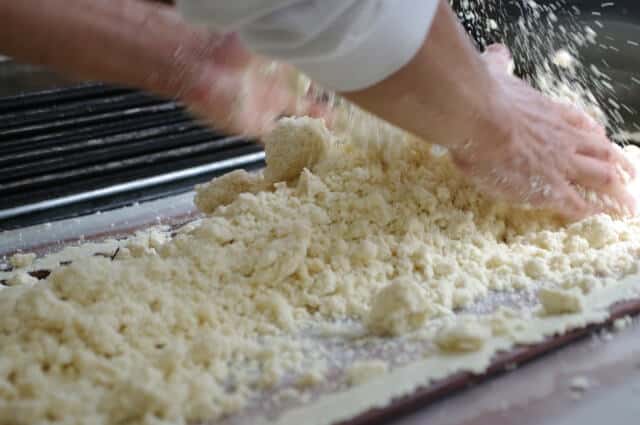
Chinsuko Ingredients
| Ingredients of Chinsuko for 3 persons | Measurements |
|---|---|
| All-purpose flour | 120g |
| Powdered sugar | 60g |
| Lard or vegetable shortening | 110g |
| Milk | 15g |
| Baking powder | 2.5g |
| Vanilla extract | 2.5g |
How to make Chinsuko?
Preheat your oven to 320°F (160°C). Combine the all-purpose flour, powdered sugar, and baking powder in a mixing bowl. Mix them well.
Add the lard or vegetable shortening to the dry ingredients. Use your fingers or a pastry cutter to work the fat into the flour mixture until it resembles coarse crumbs.
Add the milk and vanilla extract to the mixture. Knead the dough gently until it comes together. Be careful not to overwork the dough; it should be just enough to form a cohesive ball.
Place the cookies on a baking sheet lined with parchment paper. Bake them in the oven for 15-20 minutes or until the edges turn slightly golden.
Once they are done, remove them from the oven and cool on a wire rack.
Where to buy Chinsuko?
Honke Arakaki Confectionery Shop (本家 新垣菓子店)
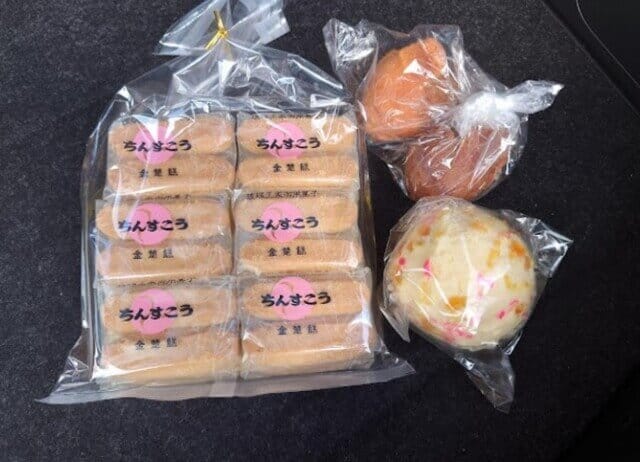
Located in a residential area of Shuri, this is one of the three original Chinsuko restaurants in business since the Ryukyu dynasty. Unlike the regular one, it has no jagged edge, and its gentle sweetness and good texture give it a mild taste made by hand.
Arakaki Confectionery Shop (新垣菓子店)
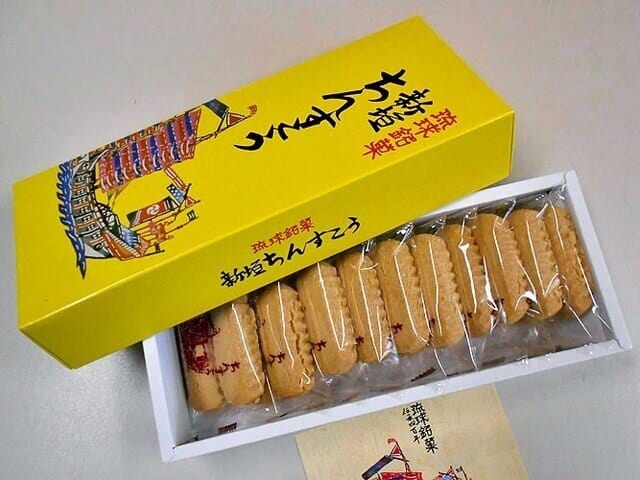
In 1932, it was founded by splitting the goodwill from “Honke Arakaki Confectionery.” With its crunchy texture and firm sweetness, you can enjoy authentic chinsuko with many repeat customers. Like a cookie, their Chinsuko is famous for its flavor and crisp texture.
Nanpudo (南風堂)
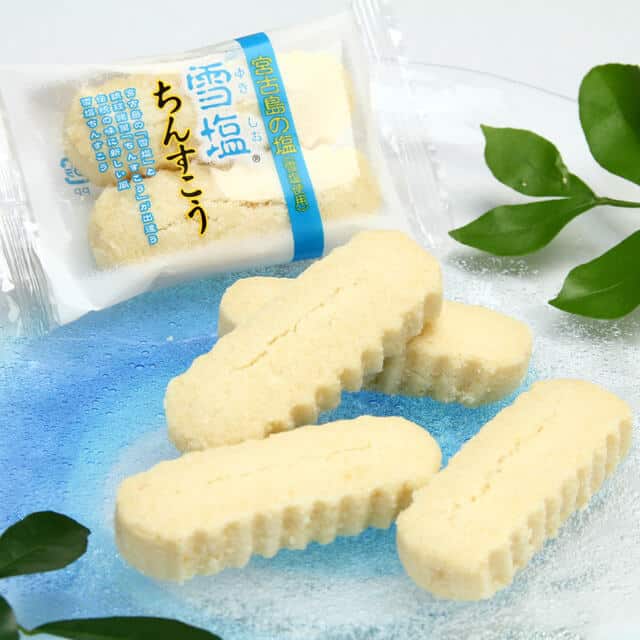
This store’s chinsuko is made with mineral-rich snow salt extracted from Miyakojima’s underground seawater. It has an elegant taste, is not too sweet, and has a crunchy cookie-like texture that will make you addicted to it. The slightly salty flavor brings out the sweetness, so it’s ideal for people who don’t like sweets that are too sweet.
Final Thoughts
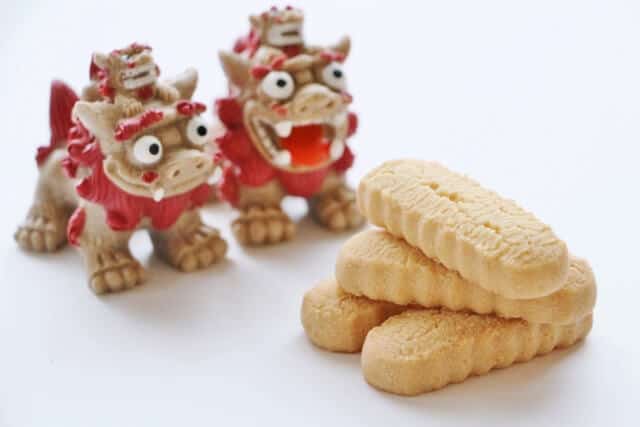
So, as you wander the vibrant streets of Japan, take advantage of the chance to savor this delightful delight. Let chinsuko be your edible souvenir, carrying the essence of Japan back home, and tempting you to relive the experience, one bite at a time. Discover the charm of chinsuko, and allow your taste buds to commemorate the flavors of Japan’s fascinating culinary landscape.
You can check some Japanese snacks that we know you would like to try too.






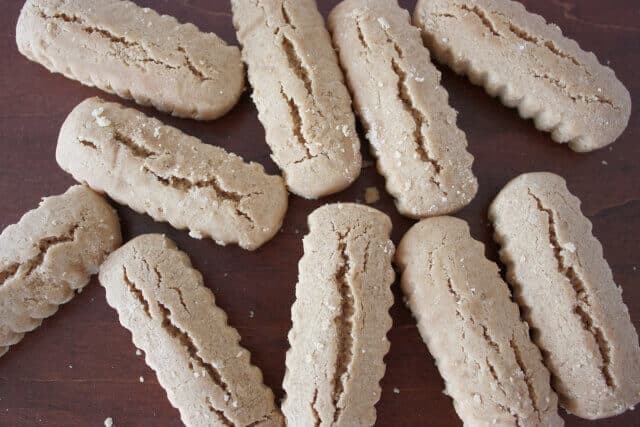
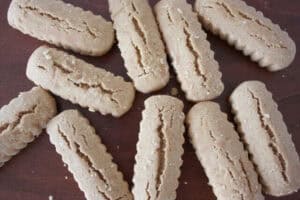
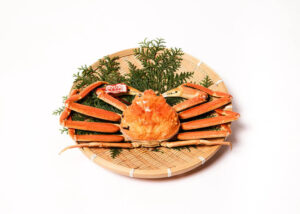
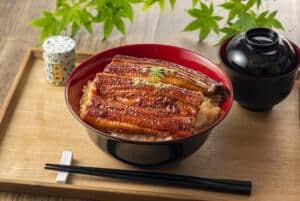
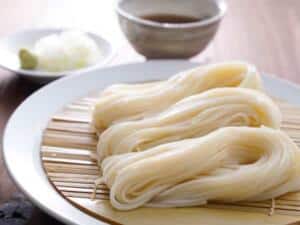
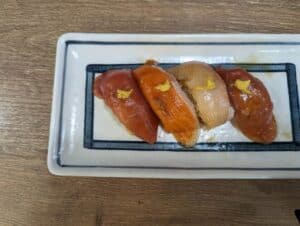
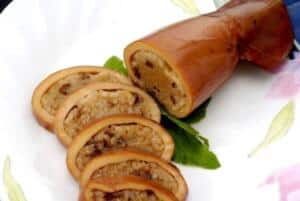
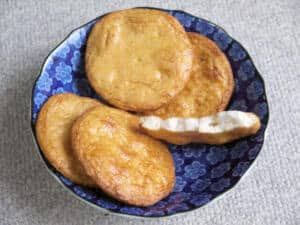
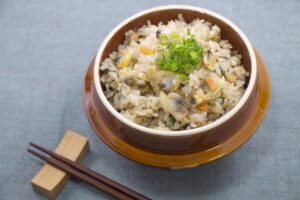

Comments